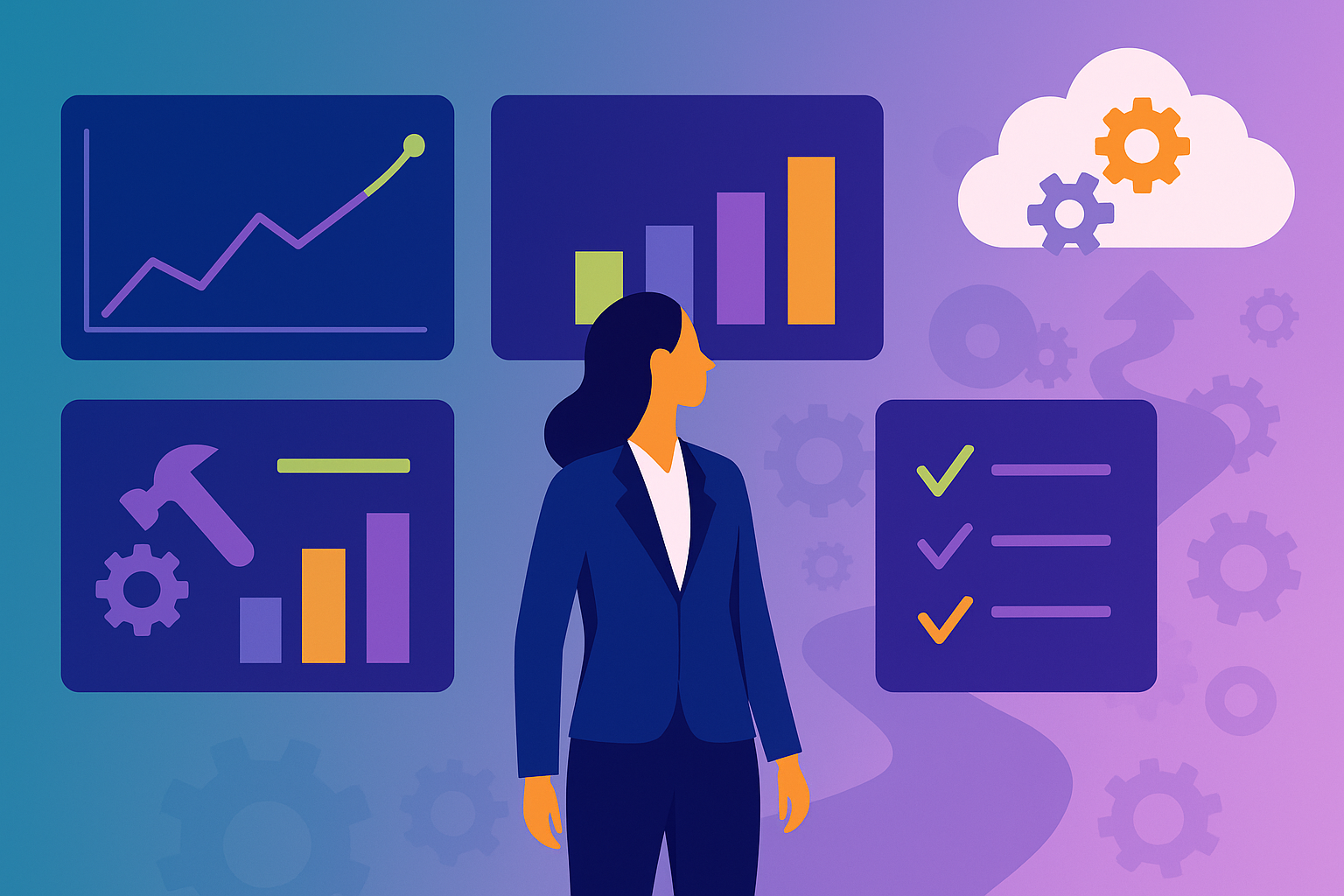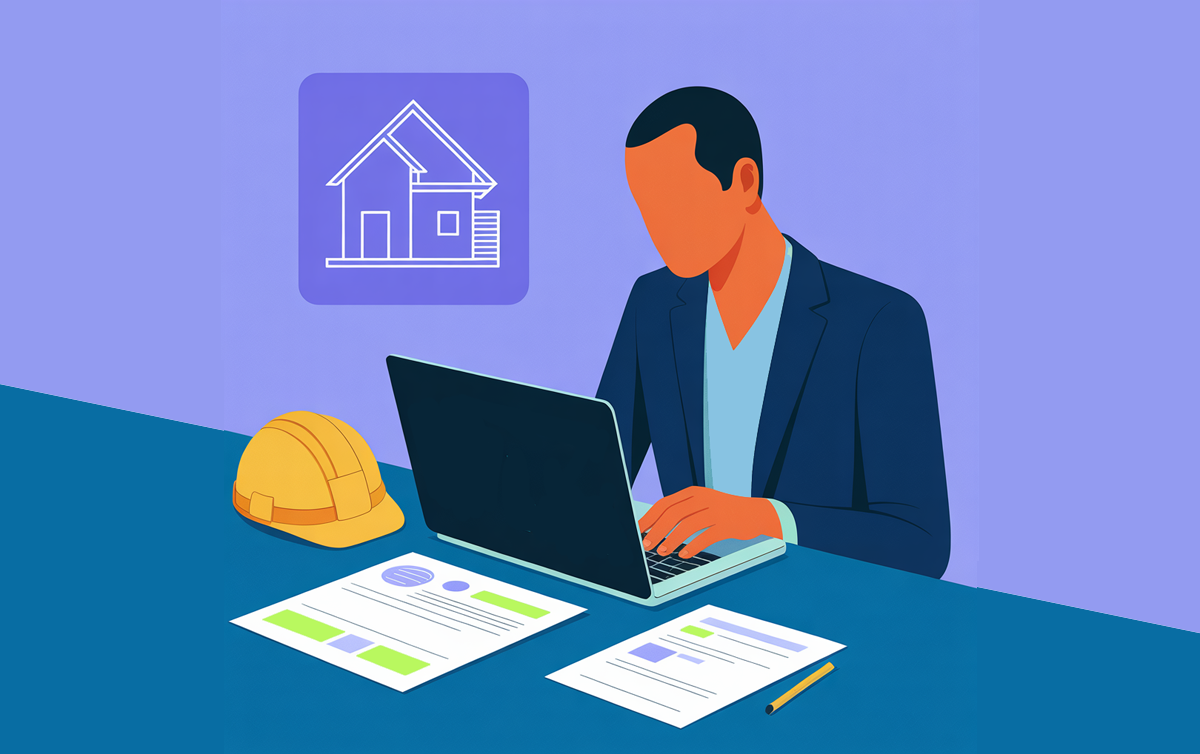Oracle and KPMG’s Cloud Threat Report for 2020 confirms that more companies are moving to the cloud for their data management needs. As the report notes, “Cloud adoption continues to expand. Digital transformation, cloud-first initiatives, and a bullish level of confidence in the security of public clouds are driving an expanded use of cloud services.”
The report addresses cyber risk and fraud in the cloud, highlighting the continuing need for security. Yet, as the report says, “The verdict is in and the sentiment is clear — public cloud environments are viewed as more secure than what organizations can deliver in their on-premise environments.”
Nearly 9 of 10 participants surveyed by Oracle and KPMG reported using software-as-a-service (SaaS) as their main delivery mechanism for business-critical applications. Yet, the majority also said they were concerned about service providers becoming complacent in their security measures.
The upshot is that SaaS may be safer than your company’s on-premise systems. However, that doesn’t mean you can let your guard down if you’re considering a cloud-based surety management solution. You still need to make security one of your top priorities.
Always ask about a SaaS provider’s certifications and compliance audits. Your provider should be at least PCI DSS compliant to ensure sensitive data is protected at all stages of storage, processing and transmission. SOC 2 compliance is even better, which means the provider is maintaining the highest level of data security.
What’s involved in SOC 2 compliance?
Service Organization Control (SOC) Reports are a compliance framework developed by the American Institute of CPAs (AICPA) to ensure that a service provider is handling its users’ data safely and securely. While SOC 1 pertains to financial controls, SOC 2 focuses on cloud and data center security.
SOC 2 defines criteria for managing customer data according to five trust service principles:
- Security – protecting data against unauthorized access and any compromises in confidentiality, integrity, availability and privacy
- Availability – ensuring systems are available and operational
- Processing integrity – processing data in a timely, accurate and authorized manner
- Confidentiality – protecting confidential data
- Privacy – appropriately using, storing, disclosing and disposing of personal information
To meet SOC 2 compliance, providers must continually monitor for unusual, unauthorized or suspicious activity. They must also respond and take corrective action in a timely fashion. In particular, providers must check users’ logins, file transfer activities, configuration changes and data modification.
Check your provider’s SOC reports
SOC 2 compliance is audited according to Type 1 and Type 2 reports. Type 1 is a point-in-time snapshot of a provider’s controls to determine if they are designed appropriately. Type 2 looks at the effectiveness of the controls over a period of time such as a year. These reports are based on the assessment of an independent auditor. You should ask to see these reports as part of your due diligence analysis.
While cybercriminals will never go away and there will always be new threats, SOC 2 compliance gives you a high degree of confidence that your service provider is taking the fullest steps to protect your data.
Contact us to learn more about securing your data and how Tinubu Square meets SOC 2 compliance. Let us show you how Tinubu eSURETY can meet your automated underwriting and surety management needs.





/Blog%20authors/Gladys%20TA.webp)
